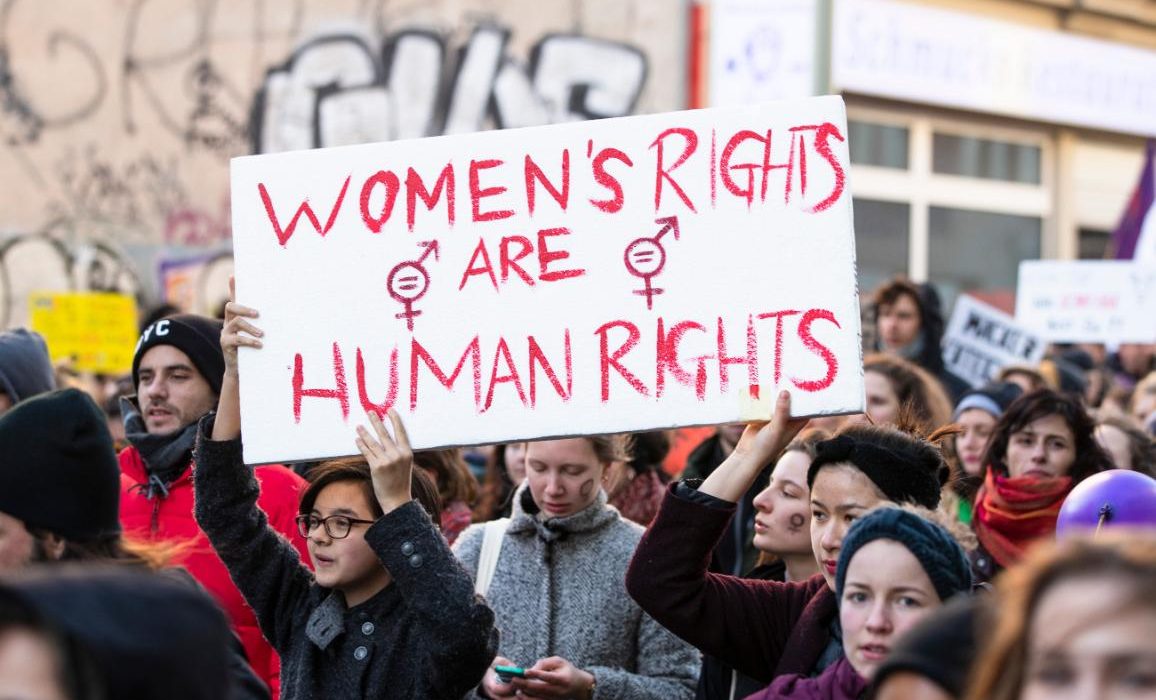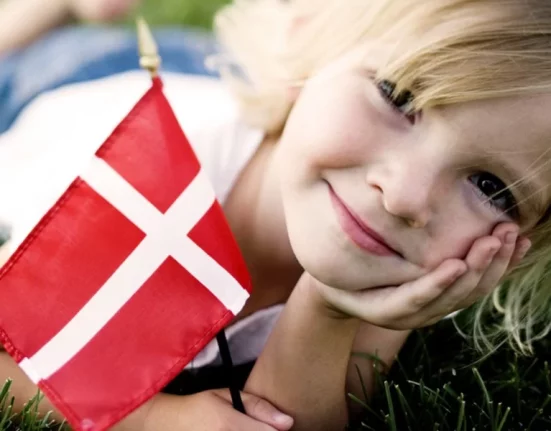Previously, Denmark had been an advocate of women’s rights and participation around the globe.
Private school education for both boys and girls, universal female suffrage, and paid parental leave were all the accomplishments to which Denmark made massive contributions.
However, as time has passed and changed so did the priorities of the state of Denmark. Female participation has relatively decreased over the past few years in the country.
In a rapidly changing world, it’s important that women too train themselves according to the environment and attain leadership qualities in every manner, aspect, and field.
Being technologically skillful is now of great importance for those seeking to advance into leadership positions.
However, what does not go unnoticed is the minimum participation of women in any of these works/jobs.
However, as Danish companies strive to stay ahead of this competition, the advantages of diverse teams are particularly relevant to leadership.
In Denmark, female representation on the grounds of leadership across the private, public, and academic sectors is low and the country falls behind other competitors.
This means that the Danish organizations may be missing out on superior and better collaborative capabilities of diverse teams. On corporate boards of the largest publicly-listed Danish companies, the share of women is only 31 percent compared to 36 percent in Sweden.
In executives of those same Danish companies, only one in seven are women compared to Norway where one in four are women.
One in four entrepreneurs are women which goes below the European average. Since 2013 the share of women in parliament has declined by three percent.
Moreover, because of low retention rates, only one in five professors are women.
The absolute number of women in leadership positions removes duplicates because the same person may exercise multiple roles, divided by the absolute number of leaders (men and women).
This indicator covers all data points per company.
Despite what the historical facts show, Denmark has fallen behind other countries in this aspect.
Sweden, Norway, Finland, and Iceland remain the top four economically strong countries because when it comes to gender equality all of these countries top the list again.
However, the economic conditions of Denmark have worsened over the years along with other reasons, the decline of women’s representation adds fuel to the already rising flame.
From being on the top in 2014 demarks ranking dropped to number 14 in 2017, while Norway, Sweden, Finland, and Iceland remain in the top five countries which promote female representation and gender equality.
Moreover, Denmark remains 80th out of 144 countries surveyed for female representation in leadership.
Unfortunately, men continue to hold 70 percent of the important seats like; finance ministry, defense ministry, and foreign affairs ministries while women are seen nowhere near such vital seats of parliament.
Employment of women is relatively less as well and men are preferred more.
Over the years, many women in Denmark have lost their jobs to men which again shows that misogyny and patriarchy has made its way inside the country.
This will only be better when women understand these differences and protest against them.








